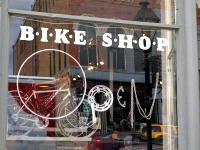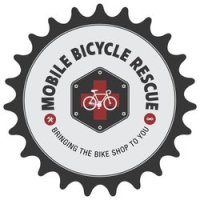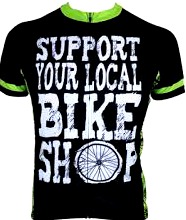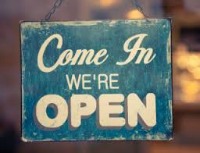
As independent businesses fight for their place against chain stores and Internet giants, there may be some significant push-back against the big guys. A new survey shows many independents are doing well and even better than their bigger competitors in several areas, including 2015 sales growth.
The Independent Business Survey, conducted annually by the Institute for Local Self-Reliance and Advocates for Independent Business, gathered data from over 3,200 independent businesses reporting solid sales in 2015, with revenue growing an average of 6.6 percent. Among independent retailers, revenue increased 4.7 percent in 2015, including a 3.1 percent gain during the holiday season.
These figures are significantly better than that of many national retail chains. Overall holiday retail sales rose just 1.6 percent in December according to the U.S. Department of Commerce.
Overall employment at the independent businesses surveyed expanded by 5.6 percent in 2015, Continue reading “Survey reports momentum for independent businesses”








